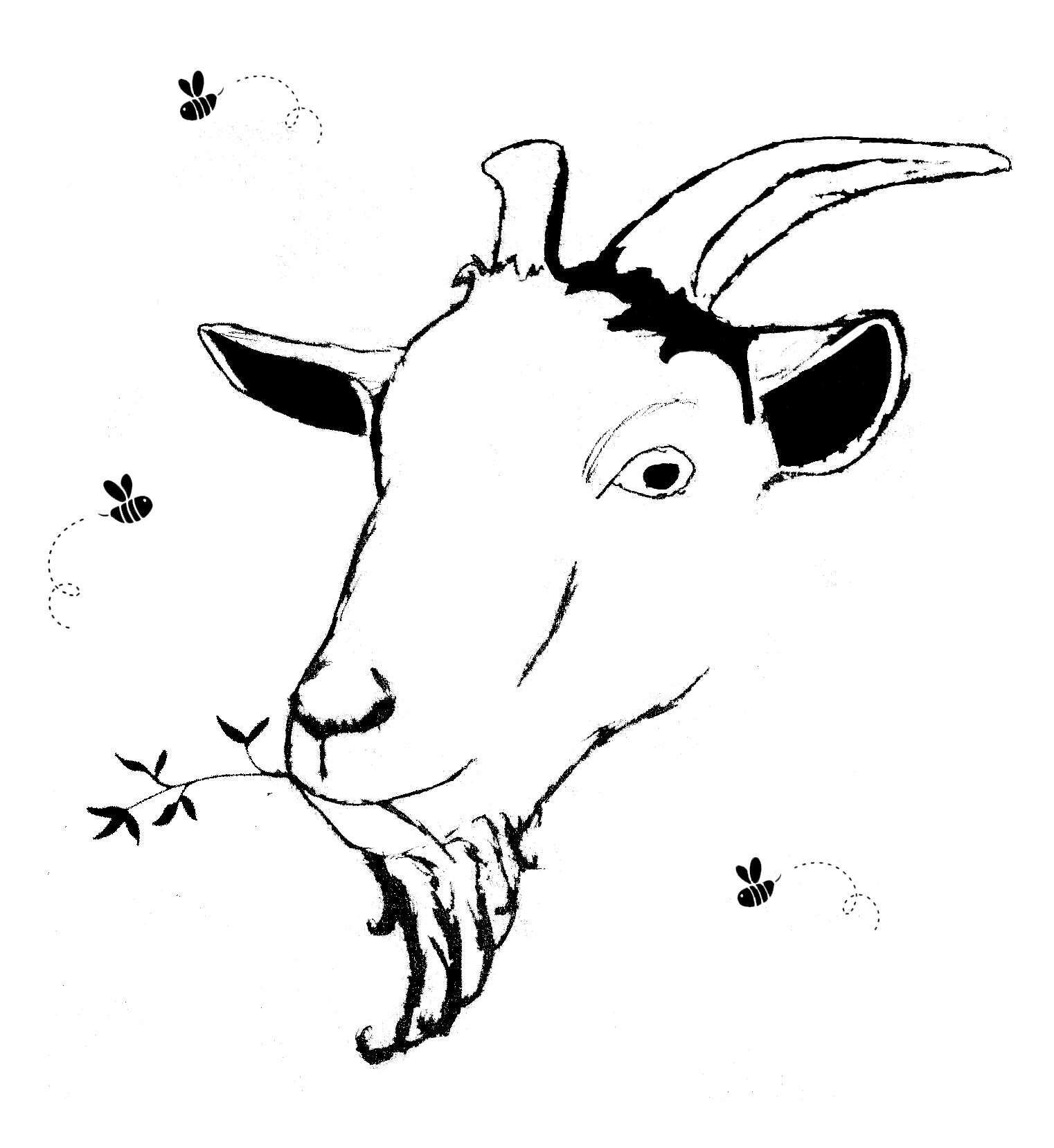Botanical Information
Family: Altingiaceae
Common Names: Sweetgum, American Sweetgum, Storax Tree
Parts Used: Resin (Balsam), Bark, Leaves, Gum Balls (Seed Pods – external use)
Description
Liquidambar styraciflua, commonly known as Sweetgum, is a majestic deciduous tree native to eastern North America, recognized by its star-shaped leaves and spiky seed pods. The tree produces a fragrant resinous balsam, traditionally used for its antimicrobial, expectorant, and wound-healing properties. Native American and early European herbal traditions prized Sweetgum’s balsam and bark for respiratory support, wound care, and digestive complaints. The resin, sometimes referred to as American storax, is aromatic and medicinal, similar in properties to benzoin.
Historical and Traditional Uses
- Native American tribes used the resin as a salve for sores, ulcers, and wounds.
- Early settlers chewed the resin like gum for sore throats and digestion.
- Used as a respiratory aid for coughs, bronchitis, and congestion.
- Burned as an incense for purification and calming.
- Bark decoctions were traditionally used for diarrhea, dysentery, and fevers.
Constituents
- Resin (Styrax-like balsam) – antiseptic, expectorant, aromatic
- Tannins – astringent, anti-inflammatory
- Volatile oils – antimicrobial, mildly analgesic
- Cinnamic acid derivatives – anti-inflammatory, fragrant
- Terpenes – support immune and respiratory health
Actions
- Antiseptic
- Expectorant
- Astringent
- Anti-inflammatory
- Wound healing
- Carminative
Medicinal Uses
- Respiratory Support & Expectorant
- Loosens mucus in bronchitis, coughs, and congestion.
- Used in balms or steam inhalations for sore throats and sinus infections.
- Wound Healing & Skin Care
- Resin applied topically to cuts, sores, ulcers, and infections.
- Acts as an antiseptic and tissue healer.
- Digestive Health
- Traditionally chewed to settle nausea, indigestion, and gas.
- Bark decoctions were used to treat diarrhea and intestinal inflammation.
- Pain Relief & Inflammation
- Resin used as a mild analgesic for muscle aches and arthritis when blended into salves.
- Can be included in topical blends for joint or back pain.
- Calming & Aromatic Uses
- Burned as incense to calm the nerves and purify spaces.
- The aroma is thought to be uplifting and emotionally grounding.
Preparation and Dosage
Resin (Balsam – For Topical Use):
- Collect naturally exuding resin and melt gently into salves or ointments.
- Apply directly to skin for minor wounds, infections, or inflammation.
Infusion or Decoction (Bark – For Digestive & Astringent Use):
- 1 tsp of dried bark per cup of water.
- Simmer for 15–20 minutes, drink up to twice daily.
Steam Inhalation (Resin – For Respiratory Support):
- Add a small piece of resin to hot water.
- Inhale the vapors for clearing lungs and sinuses.
Chewing Gum (Traditional Use):
- Small pieces of hardened resin can be chewed like gum (do not swallow) to ease sore throat or freshen breath.
Precautions and Contraindications
- Pregnancy & Breastfeeding: Not enough research—avoid internal use.
- Allergies: May cause skin sensitivity or contact dermatitis in some individuals.
- Internal Use of Resin: Use only in very small amounts; excessive ingestion may irritate the stomach.
- Children: Topical use preferred—avoid internal administration unless directed by a qualified practitioner.
Energetics (Traditional Medicine Perspectives)
Traditional Western Herbalism: Warming and drying; supports respiratory function, digestive tone, and wound healing.
Folk Medicine: Used for “drawing out” infection, clearing phlegm, and grounding anxious energy.
Aromatic & Symbolic Use: Considered protective and purifying—resin was burned in ceremonial and cleansing rituals.
Combinations
- For Respiratory Relief: Combine with mullein and elecampane in salves or teas.
- For Wound Healing: Use with calendula and plantain in a resin-based ointment.
- For Digestive Health: Blend bark with chamomile and peppermint for a calming tea.
- For Muscle Pain Relief: Infuse resin into oil with arnica and cayenne for a warming liniment.
Harvesting and Storage
- Harvesting:
- Collect naturally exuding resin from bark wounds in late summer or fall.
- Bark is best harvested in spring or autumn from fallen or sustainably pruned branches.
- Drying & Storage:
- Store resin in airtight containers in a cool, dark place.
- Bark should be air-dried and kept in a moisture-proof jar.
Modern Research
- Early studies show sweetgum resin contains antimicrobial and antioxidant compounds, validating its traditional use for wound healing and infections.
- The resin’s chemical similarity to storax (Styrax benzoin) suggests benefits for respiratory tract irritation and skin repair.
- Potential for anti-inflammatory and anti-cancer activity via cinnamic acid derivatives and terpenes is under investigation.
Conclusion
Liquidambar styraciflua (Sweetgum) is a time-honored herbal ally offering respiratory relief, skin healing, and digestive support through its aromatic, antiseptic resin and astringent bark. Used for generations across Indigenous, folk, and colonial traditions, sweetgum remains a versatile and effective topical and aromatic remedy.
🌿 A fragrant forest medicine for healing, protection, and breath!

